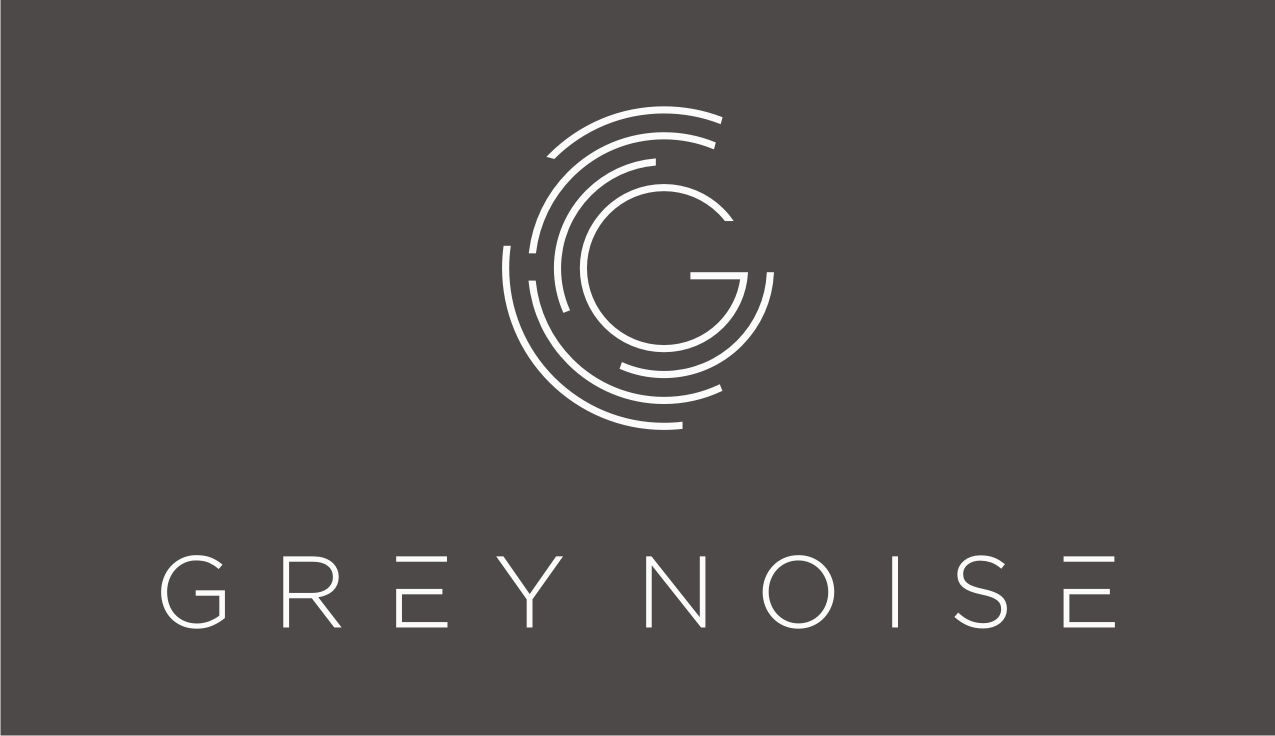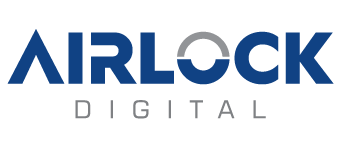Risky Business Podcast
November 16, 2022
Risky Business #685 -- Australia releases the hounds, and it might just work
Presented by

CEO and Publisher

Technology Editor
On this week’s show Patrick Gray and Adam Boileau discuss the week’s security news, including:
- Australia lets ASD loose on ransomware crews, but will it work? (Tom Uren joins us to chat about this one)
- Twitter’s wheels haven’t fallen off yet but they sure are wobbling
- Hundreds of millions stolen from FTX mid implosion
- Security researchers start looking at Mastodon and… yeah
- Much, much more!
This week’s show is brought to you by Gigamon. George Sandford from Gigamon pops in for this week’s sponsor interview to talk about how to successfully stand up an NDR program.


Brought to you by Gigamon
Network-Level Intelligence for Observability Tools









